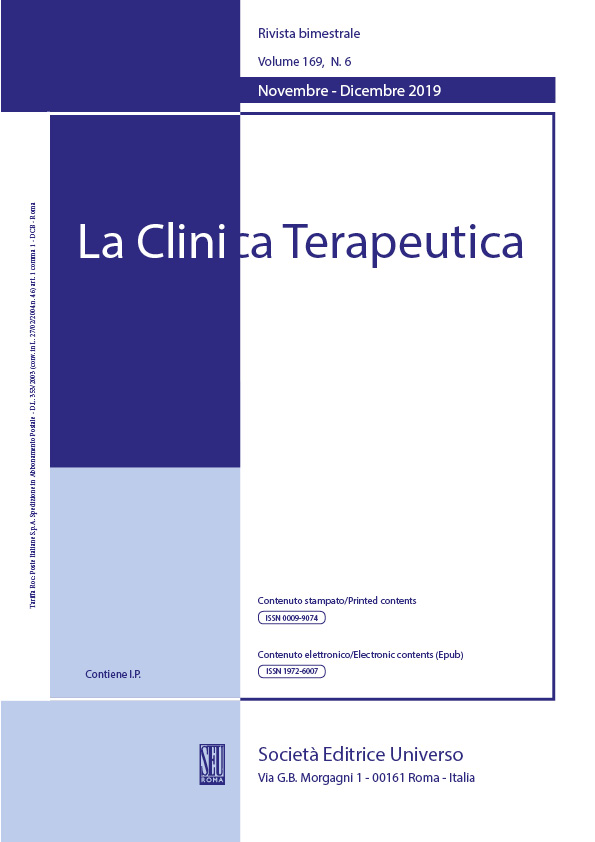Abstract
Sarcoidosis is a systemic inflammatory disease, affecting any organ, and that can be discovered by accident in approximately 5% of cases. High levels of the type-1 helper (Th1)-dependent chemokine, monokine induced by interferon (IFN)-γ (MIG)/chemokine (C-X-C motif) ligand (CXCL)9, and its receptor CXCR3 have been reported in bronchoalveolar lavage and biopsy samples of patients with sarcoidosis. These elevated levels are related with the amount of CD4+ lymphocytes and total lymphocytes. Alveolar macrophages resulted stained positive for all CXCR3 ligands and produced elevated levels of these chemokines. It has been shown that the epithelioid and giant cells of the sarcoid lungs were stained positive for MIG, IFN-inducible T-cell α chemoattractant (I-TAC) and IFN-γ-inducible protein 10 (IP-10), suggesting that MIG plays an important role in the accumulation of Th1 lymphocytes in sarcoid lungs. In addition, serum levels of MIG were related with the severity of the disease, and a correlation between the serial measurements of MIG and the clinical course of the disease was shown, indicating MIG as a potentially useful biomarker of sarcoidosis and its severity
